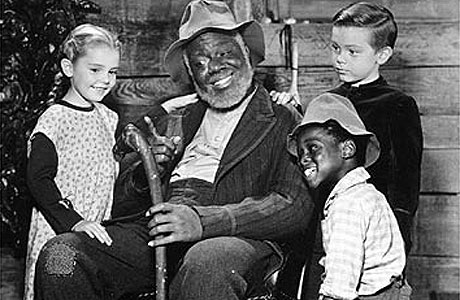
Responding to Lyndon Johnson’s Second Reconstruction initiatives assisted by liberal Republicans, Southern GOP leaders won control of their party machinery to advance the staunchly conservative Senator Barry Goldwater of Arizona for president in 1964. Thoroughly dismayed by the Democratic party’s drift into socialism as exemplified by the leftist Hubert Humphrey, Senator Strom Thurmond joined the party of Lincoln.
Bernhard Thuersam
The Second Reconstruction of the South:
“In his first address to Congress as president, late in November 1963, Lyndon B. Johnson called for “the earliest possible passage” of the Kennedy civil rights bill. The new chief executive soon made it clear that he was totally committed to the enactment of this broad civil rights measure.
In steering the bill through the lower house, Emanuel Celler, the floor manager, was assisted not only by liberal party members identified with the Democratic Study Committee but also by Republican leaders as William H. McCulloch, the ranking minority member of the House Judiciary Committee.
Prospects were less encouraging in the Senate, given the strategic positions of Southern leaders in that body and the difficulty of overcoming filibusters. The senators from Southern States, led by Richard B. Russell, condemned the bill, particularly the provisions banning discrimination in public places. They regarded the measure as unconstitutional because it restricted personal freedom and the right to control one’s private property.
The central issue, according to Russell, was the unrestrained power the bill gave to the executive branch of the federal government, which would permit political persecution of citizens by an ambitious and ruthless attorney general and other bureaucrats. The Georgia senator argued that the proposal originated in politics, was punitive in nature, and would be sectional in its application. It was aimed primarily at the South, like the Reconstruction laws of the 1860s.
Indeed, Russell declared, “the white people of the Southern States” were “the most despised and mistreated minority in the country.” In this case the Southern congressmen reflected the feeling of the preponderance of their white constituents.
Hubert H. Humphrey, who managed the bill in the Senate, and other supporters created a sturdy coalition…The Southerners’ last hope was to attract enough conservative Republican backing to prevent the adoption of cloture, which would make it possible to end a filibuster.
As Eric F. Goldman wrote a few years later: “Senator Russell had a band of eighteen Southern senators [who] talked on and on – [and] sometimes about the bill itself, calling it, to use the phrase of Senator Russell Long, “a mixed breed of unconstitutionality and the NAACP.”
The pivotal figure in negotiations [with Republicans] was minority leader Everett M. Dirksen of Illinois, with who the White House held painstaking conferences. Dirksen moved slowly toward a compromise…On June 10 the Senate adopted a cloture resolution by a vote of 71 to 29…The power of the Southern bloc had been broken. Twenty-one of the twenty-six senators from the South voted against cloture and final passage of the bill.
In its origins the Second Reconstruction was clearly the result of outside forces impinging on the South. Television news, in fact, developed into a national medium partly through its experience in the South, and many reporters and photographers first achieved recognition when they came South to cover the civil rights story. According to Robert MacNeil [of NBC], “the tone of network programming has been emphatically liberal….” Senator Russell spoke for many [Southerners] when he accused outside journalists of fostering “bitterness and hatred against Southern whites” to such an extent that it had become “a national disease.”
In his analysis of congressional reaction to the violence [in the South], David J. Garrow stresses the importance of newspaper coverage, especially stories in the New York Times and the Washington Post. In short, the news media became the primary instrument in shaping the image of the South in the nation and the world.”
(The South in Modern America, A Region at Odds, Dewey W. Grantham, Harper Collins, 1994, pp. 236-241)

No comments:
Post a Comment